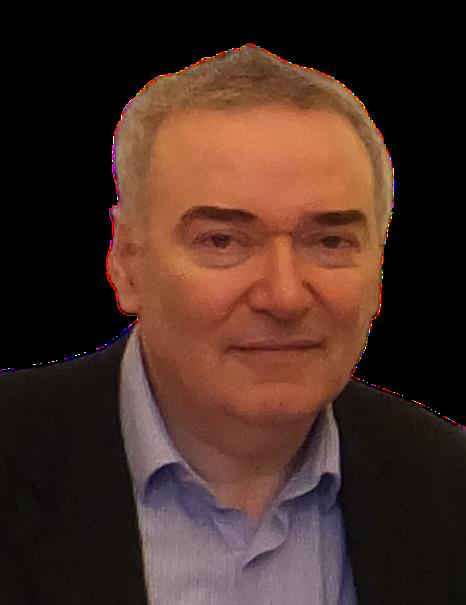This lecture will be held exceptionally in the Medieval Museum
The Waterford Archaeological and Historical Society 2023 – 2024 lecture series commences at 8 pm on Friday, September 29th in The Medieval Museum, Waterford Treasures, Waterford (Eircode X91 K10E) when Richard Kirwan, former Director, Ordnance Survey Ireland, will deliver a talk titled ‘The Ordnance Survey in Ireland 1824 – 1913’.
In this lecture Richard Kirwan will present an overview of the establishment and work of the Ordnance Survey in mapping the country in the 19th and early 20th centuries.
The Irish Ordnance Survey was established by the Duke of Wellington in 1824 resulting from a parliamentary select committee’s investigation into the inequitable land valuation system in the country. The Survey’s primary purpose was to provide maps for a new valuation. Major General Thomas Colby, scientist, mathematician, and a man of singular focus was appointed Director General with overall responsibility for carrying out the work.
The maps were to be compiled at a then unprecedented scale of six inches to one mile, a map scale never before used for mapping an entire country. Colby was faced with major challenges. There was no readily available suitable workforce. Hence his first major task was to train sufficient surveyors and cartographers. For the most part, instrumentation had to be manufactured and, in some cases, invented. Work practices had to be put in place to carry out this major task within a reasonable time scale.
Initially, the six-inch map was to only include townland boundaries, communication infrastructure and an outline of urban areas. But after widespread criticism about the lack of detail and hence the difficulty with accurate valuation, field boundaries together with areas were added on Colby’s initiative.
It took a workforce of two-thousand five-hundred men, comprising military surveyors and civil assistants, twenty-two years to complete the mapping, the maps of County Kerry being the last to be published in 1846. By 1857 contours had been added to the six-inch map. A first revision of the six-inch was undertaken immediately, beginning in the northern counties. This revision was superseded in 1887 by a new map at a larger scale of 1:2500 which was needed for land conveyancing, resulting from the various Land Acts of that time. This mapping was complete by 1913 and subject to a further revision.
Placenames were an important attribute of the new maps. Anglicized versions of townland names were to be used. Initially these were collected by the military survey officers with the version of the name supplied by the majority of sources to be used for each townland. Thomas Larcom disagreed with this method when he took over responsibility for placenames. He appointed a Gaelic scholar, John O’Donovan, to assist him with deciphering the anglicized townland names which most closely resembled the original forms of the Irish names. O’Donovan spent ten years travelling Ireland collecting the names and researching their origins in private and public libraries. O’Donovan’s letters to Larcom, in addition to placenames information, also included details of antiquities, local history and, in many cases, humorous details of local customs.
Ordnance Survey also produced town plans at a very large scale of major cities and towns between 1827 and 1842, none of which were ever published. For instance, it produced eleven very detailed maps of Waterford in 1840 which could provide valuable detail to the historian on life in the city at that time. It was not until 1872 that town plans, not as detailed, of Waterford were published. The first one-inch maps of the country were produced in the 1850s and updated through to 1913
Richard Kirwan, is a native of Waterford, he was educated at both Mount Sion and De La Salle schools. He graduated as a civil engineer from University College Cork, where he undertook post graduate studies. Richard is also a graduate of the School of Military Survey in the UK and of Trinity College Dublin.
He spent most of his career working in Ordnance Survey Ireland, initially as senior technical officer before becoming Assistant Director and Director from 1996 until 2006. He also was a founder member and president of the European National Mapping Agencies. After his career in Ordnance Survey, Richard undertook consultancy work, advising National Mapping Agencies in Eastern Europe and South America on the use of modern technology in mapping.
In his early years at Ordnance Survey, he was responsible for the modernisation of the organisation, particularly for pioneering the introduction of digital technologies into mapmaking. During his tenure, Ordnance Survey totally remapped the country, producing both large scale maps and the tourist 1:50,000 scale maps, completing the task in 2005. He also undertook computerising the historic maps of Ireland and publishing them on the internet.
Richard has published two books, If Maps could Speak which won praise from Brian Friel, and a novel Minding Jack, a story set in the streets of Waterford in 1964.





















